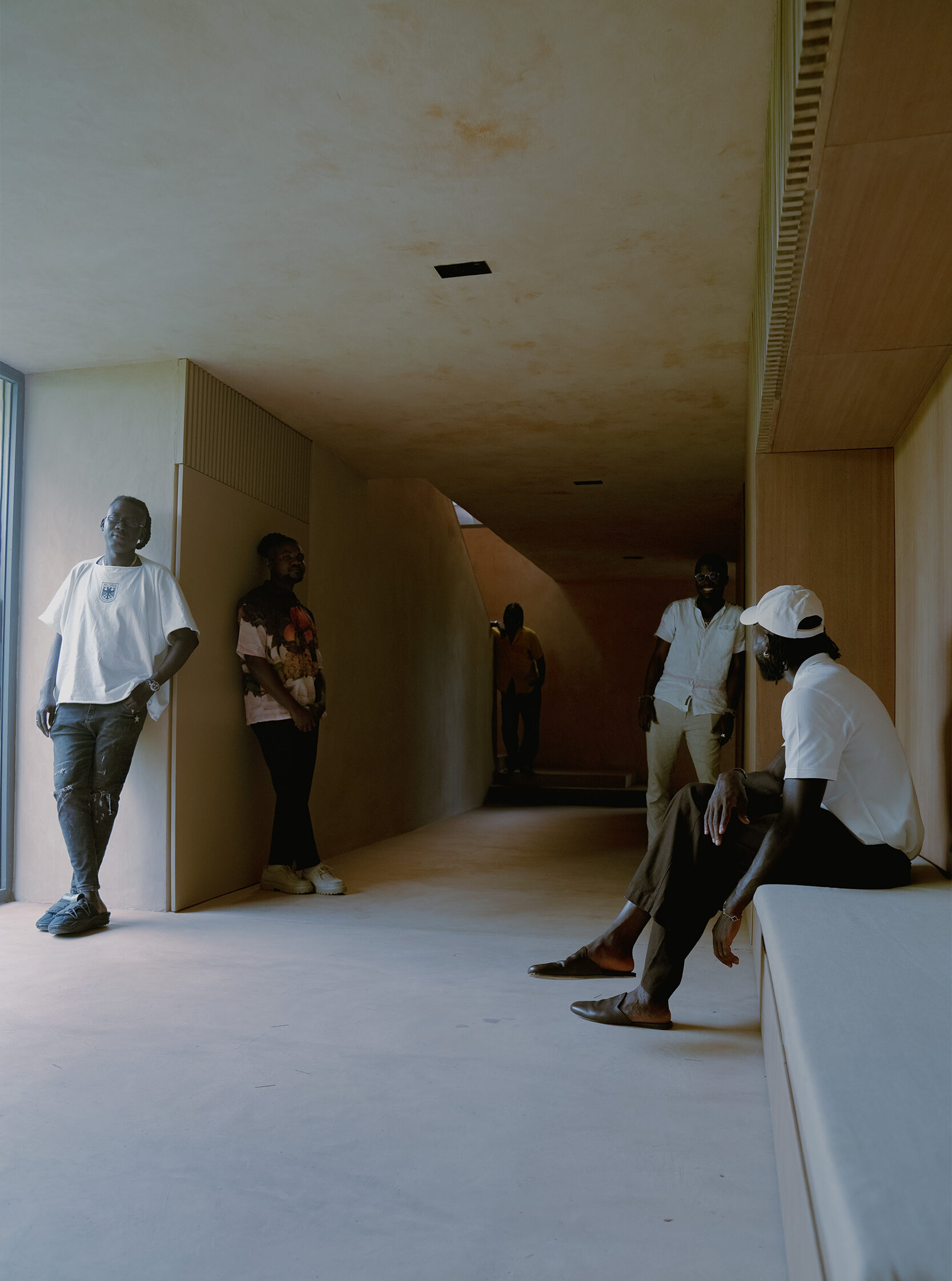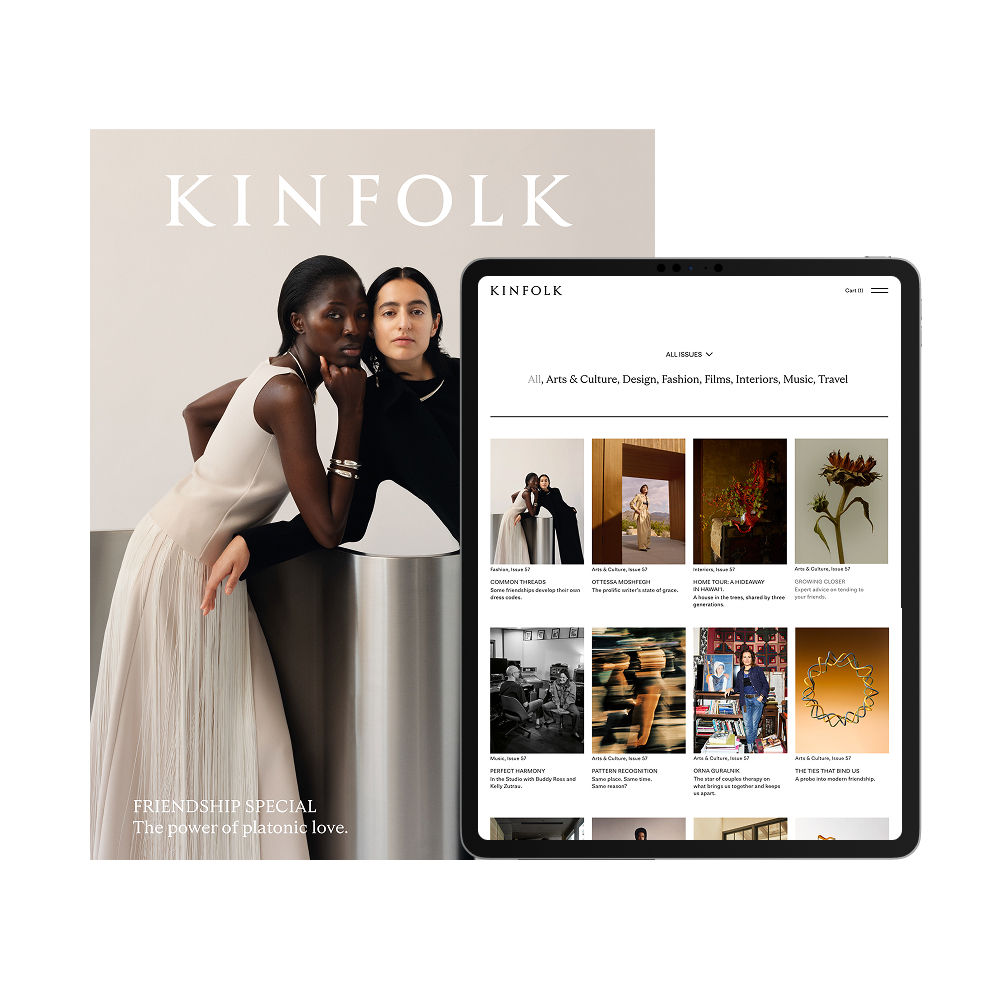Essay:
Wedding CrashersAre millennials ruining weddings?
( 1 ) It’s not just the betrothed couple facing rising costs. The average cost to attend a wedding was $580 last year (up from $120 in 2021), factoring for travel, accommodation, gifts and attire.
( 2 ) Scentscaping was described by Brides as the wedding trend of 2024. In addition to being the latest wedding must-have, however, advocates say that it can be an additional way to remember your special day, thanks to the strong link between smell and memory.
( 3 ) The “wedding of the century," the marriage of Princess Diana and Prince Charles, was watched by 750 million people around the world. Among other opulent expenses, the couple had 27 wedding cakes and Diana's dress cost $12,000 ($57,000 in today's money).
( 4 ) Aspirational weddings did not start with social media and reality TV, however. Originally named So You're Going to Be Married, the magazine Brides has been offering brides-to-be counsel on what to buy for the big day since 1934. Founder Wells Drorbaugh, a former ad man, reportedly got the idea after reading an article on the “Depression-proof” wedding trade.
( 5 ) Before Queen Victoria wore a white wedding dress to marry Prince Albert in 1840, brides would wear many different colors. A “white wedding" has since come to represent not just the custom of wearing a white dress, but formalized wedding traditions that include everything from the role of groomsmen and bridesmaids to the custom of the bride and groom cutting a tiered wedding cake.
( 6 ) The value of a wedding might not be easily determined, but investing in the institution of marriage does seem to be paying dividends for millennials. Analysis of American Community Survey (ACS) data by Philip Cohen, a sociology professor at the University of Maryland, suggests that the falling divorce rate in the US is thanks to millennials making better marriage choices than previous generations.
At the turn of the millennium, think tanks posited that, with the normalization of child-rearing and cohabitation outside of wedlock, marriage would come to be seen as a lifestyle choice rather than a gateway to civic or religious participation. So perhaps it should come as no surprise that 25 years later, the wedding has become the ultimate personal branding opportunity, complete with hashtags, viral moments and limited-edition favors. Millennial couples, who now make up the majority of the marrying population, are firmly at the center of this trend.
Few wedding parties held today will stick to the traditional script. But while it costs nothing to jettison the father-daughter dance, write personalized vows and enlist a friend to officiate a secular ceremony, other customizations can be pricey. According to wedding-planning website The Knot, the average wedding cost in the United States topped $35,000 in 2023 (about 73 percent of the median annual wage).1 While inflationary rises in venue fees and catering are responsible for much of the increased spending, there has never been a greater variety of nice-to-haves to tack on to the proceedings, from bespoke venue fragrances and Dutch Masters–inspired tablescapes to lavish pre-wedding parties and 5-foot-long cakes—markers of individual taste and self-expression, rather than familial union.2
Therein lies the paradox. “Weddings, especially ornate and expensive weddings, have become more prominent just as the social need for marriage is weakening,” Julia Carter, a lecturer at the University of the West of England, and Simon Duncan, emeritus professor of comparative social policy at the University of Bradford, observed in a study on weddings and conformity in The Sociological Review. “Weddings have never been more free from cultural norms and official control, and are increasingly separate from the marriage itself which often becomes something of a sideshow.”
( 1 ) It’s not just the betrothed couple facing rising costs. The average cost to attend a wedding was $580 last year (up from $120 in 2021), factoring for travel, accommodation, gifts and attire.
( 2 ) Scentscaping was described by Brides as the wedding trend of 2024. In addition to being the latest wedding must-have, however, advocates say that it can be an additional way to remember your special day, thanks to the strong link between smell and memory.
( 3 ) The “wedding of the century," the marriage of Princess Diana and Prince Charles, was watched by 750 million people around the world. Among other opulent expenses, the couple had 27 wedding cakes and Diana's dress cost $12,000 ($57,000 in today's money).
( 4 ) Aspirational weddings did not start with social media and reality TV, however. Originally named So You're Going to Be Married, the magazine Brides has been offering brides-to-be counsel on what to buy for the big day since 1934. Founder Wells Drorbaugh, a former ad man, reportedly got the idea after reading an article on the “Depression-proof” wedding trade.
( 5 ) Before Queen Victoria wore a white wedding dress to marry Prince Albert in 1840, brides would wear many different colors. A “white wedding" has since come to represent not just the custom of wearing a white dress, but formalized wedding traditions that include everything from the role of groomsmen and bridesmaids to the custom of the bride and groom cutting a tiered wedding cake.
( 6 ) The value of a wedding might not be easily determined, but investing in the institution of marriage does seem to be paying dividends for millennials. Analysis of American Community Survey (ACS) data by Philip Cohen, a sociology professor at the University of Maryland, suggests that the falling divorce rate in the US is thanks to millennials making better marriage choices than previous generations.



